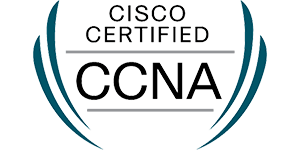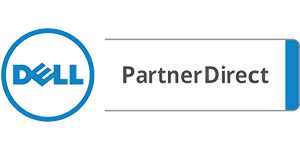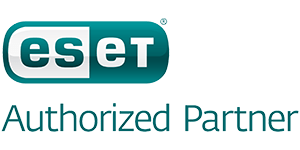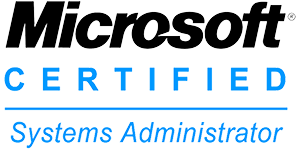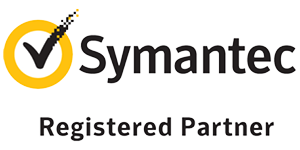Data Cabling

What is Data Cabling?
Data Cabling is a network of cables usually concealed within the structure of the building. These cables allow you to connect two or more network devices together, to transmit data as electronic signals between devices. They allow you to connect with the wider internet and devices such as TV Screens, Speakers, CCTV Cameras, WIFI Access Points, Servers, and Computers. A Structured Cabling System (SCS) includes not only data cables but also routers, switches, and other standardised components; arranged in a unique structure that can provide reliable, consistent network coverage to all devices across your premises.
What is Data Cabling?
Data Cabling is a network of cables usually concealed within the structure of the building. These cables allow you to connect two or more network devices together, to transmit data as electronic signals between devices. They allow you to connect with the wider internet and devices such as TV Screens, Speakers, CCTV Cameras, WIFI Access Points, Servers, and Computers. A Structured Cabling System (SCS) includes not only data cables but also routers, switches, and other standardised components; arranged in a unique structure that can provide reliable, consistent network coverage to all devices across your premises.

How can Liberate IT help?
We offer all data cabling services, including cat5e, cat6 and cat6e ethernet cabling, and fibre cabling. We can help you choose the correct solution for your business and our team can work alongside other construction industries, or independently, to install your cabling as discretely and conveniently as possible. We are experienced working in listed or new buildings and can help you plan your project from start to finish. Our skilled engineers can install fibre cabling throughout an office, or just for those long runs where ethernet cables are not suitable. Fibre cabling can not only travel longer distances but is also less susceptible to interference. We typically recommend fibre cabling when connecting network cabinets or buildings together. We can obtain all permits and permissions necessary for all your large cabling requirements.
When a cable solution is not feasible, then we can install specialised wireless site links to connect your offices together. Our wireless solutions can be installed and secured using the latest 256-bit encryption. For larger organizations that span the country, we can install internet site links to create a seamless network across your offices. We highly recommend the highest encryption level to protect your data and can offer 24/7 monitoring and response services to keep you connected!
We take care of our clients’ diverse IT needs, offering all the services you need under our complete IT support package.
Frequently Asked Questions
What is Structured Data Cabling?
A Structured Cabling System (SCS) includes not only data cables but also routers, switches and other standardised components; arranged in a unique structure that can provide reliable, consistent network coverage to all devices across your premises.
Why install Structured Cabling?
As well as providing all the infrastructure to run your organisation’s current networking activities, structured cabling also provides a solution for your future networking needs.
A location’s networking needs can evolve over time; so a well-structured cabling system will be designed with flexibility and adaptability in mind:
- A typical structured cabling system uses the same ‘twisted pair’ Ethernet cables and 8P8C connectors/sockets (often known as RJ45 connectors) across the entire system; creating a modular network system that will be compatible with most network devices and can be adjusted and adapted easily.
- Network hardware can be upgraded for higher data usage (or bandwidth) and faster networking speeds as technology moves on.
- New devices and future equipment can easily be connected to your network as your business grows.
- Equipment can be rearranged around your premises without losing network access.
What is Ethernet?
Ethernet is a way of connecting computers and other network devices in a physical space. This is often referred to as a local area network, or LAN. The idea of an Ethernet network is that computers and other devices can share files, information and data with each other efficiently.
Ethernet cables are a type of network cable. They are designed to work with Ethernet ports. Ethernet ports can be found on routers, computers, TVs and most internet and network-enabled devices.
Hardwiring devices have their benefits, including faster internet and more reliable connectivity. It’s usually recommended to wire devices that do not move and use WiFi for mobile devices.
What does an Ethernet Cable do?
Typically, Ethernet Cables are used to provide an internet connection, connecting devices to a local network. They plug into Ethernet ports on a variety of devices.
The most common use for an Ethernet cable is connecting a WiFi router or modem to the internet entry port, or telephone line. It can also be used to hardwire devices like TVs, computers and other devices that require the internet or a network to work.
What is Fibre Cabling?
A fibre optic cable is a network cable that contains strands of glass fibres inside an insulated casing. They’re designed for long-distance, high-performance data networking, and telecommunications. Compared to wired cables, fibre optic cables provide higher bandwidth and transmit data over longer distances.
How do Fibre Optics work?
Light travels down a fibre optic cable by bouncing off the walls of the cable repeatedly. Each light particle (photon) bounces down the pipe with continued internal mirror-like reflection.
The light beam travels down the core of the cable. The core is the middle of the cable and the glass structure. The cladding is another layer of glass wrapped around the core. Cladding is there to keep the light signals inside the core.
Advantages of Fibre Optic Cables:
- Fibre optics support a higher capacity. The amount of network bandwidth a fibre cable can carry easily exceeds that of a copper cable with similar thickness. Fibre cables rated at 10 Gbps, 40 Gbps, and 100 Gbps are standard.
- Because light can travel for much longer distances over a fibre cable without losing its strength, the need for signal boosters is lessened.
- A fibre optic cable is less susceptible to interference. A copper network cable requires shielding to protect it from electromagnetic interference. While this shielding helps, it is not sufficient to prevent interference when many cables are strung together in proximity to one another. The physical properties of fiber optic cables avoid most of these problems.
What are UPS and Surge Protected Power Supplies?
What are UPS
An Uninterruptible Power Supply (UPS), also known as a battery backup, provides backup power when your regular power source fails or voltage drops to an unacceptable level. A UPS allows for the safe, orderly shutdown of a computer and connected equipment.
What are Surge Protected Power Supplies
A surge protector is a device that sits between the mains and your computer and provides a very fast cut-off if the voltage spikes to an unsafe level.
Which To Use
To decide on when to use a UPS and when to use a Surge Suppressor, you will need to identify what devices will suffer a data loss or system corruption if power is suddenly lost. For most people, it will be computers and servers. These you will want to safeguard using a UPS. For TVs, monitors, charging stations and similar, a surge suppressor would do.
